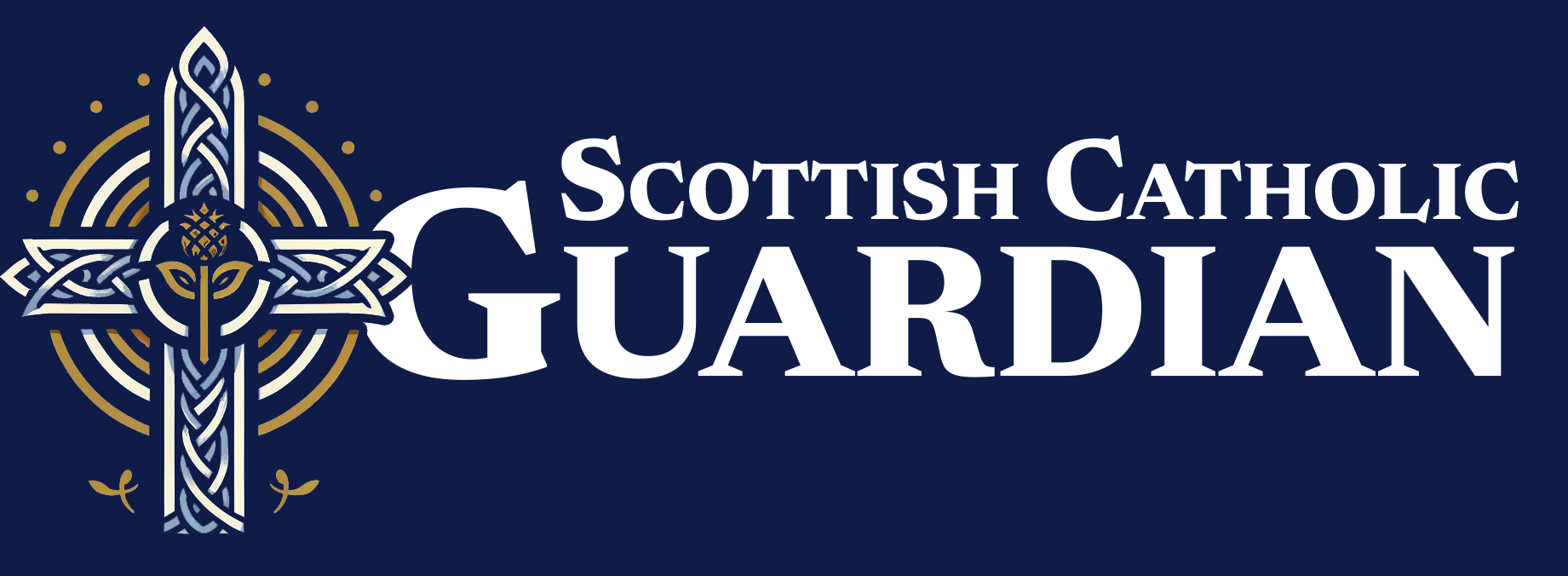The nuns noted that they have spent “a decade” fending off attempts to force them to comply with contraception mandates promulgated by the government. The sisters were first ordered to provide contraception to workers in 2011 as part of the Department of Health and Human Service’s interpretation of the federal Affordable Care Act.
The Chevron doctrine “permits regulators to disregard known substantial burdens on religious exercise,” the nuns argued in their filing.
The sisters in their petition had urged the Supreme Court to “adopt a rule of decision that will ensure that regulators can no longer use their powers to run roughshod over religious believers.”
The religious sisters were represented in their filing by the Becket Fund for Religious Liberty. Eric Rassbach, vice president and senior counsel at Becket, told CNA on Friday that the decision was “a landmark ruling for groups like the Little Sisters of the Poor.”
“This decision is likely the death knell for some new federal rules, especially the one that took a law about protecting pregnant women in the workplace and turned it into a federal mandate, forcing churches to support employee abortions,” Rassbach said, referencing the Biden administration’s recent Equal Employment Opportunity Commission-issued mandate that employers make accommodations for employees having abortions.
“The law’s own sponsors said it had nothing to do with abortions,” Rassbach said, yet under Chevron “that didn’t stop federal bureaucrats from hijacking the law to impose an abortion mandate after the law was passed.”
John Bursch, the vice president of appellate advocacy at the Alliance Defending Freedom, told CNA in a phone interview on Friday that courts will now have much more latitude to decide what laws mean.
Bursch pointed to the Biden administration’s recent reinterpretation of Title IX sex discrimination regulations to include protections for “gender identity.”
“In pre-Loper, a court would have to look at those regulations and ask itself, ‘Are those a reasonable construction in the gaps and ambiguities of federal law?’ Now, courts will be required to analyze those statutes themselves,” Bursch said.
“And if it’s not obvious from the face of the statutory language that that’s what Congress intended, then they’ll be able to strike down those rules,” he said.
He noted that the new Title IX rules were already blocked earlier this month. But “it should be even easier for courts to strike down those rules now,” Bursch said.
(Story continues below)
Subscribe to our daily newsletter
“In statute after statute, it’s going to be to the advantage of churches and religious organizations that Chevron is gone, because courts will now have the final say on what the law means instead of unelected bureaucrats,” he said.
`;
}
(function() {
const most_read_url = ‘/most-read-api’;
var historyList = document.getElementById(‘mostread-67OunIjVjd’);
fetch(most_read_url).then((result) => {
var json_result = result.json();
json_result.then((data) => {
data.forEach((item, i) => {
var html = render(i, item.url, item.title);
historyList.innerHTML += html;
if ((i + 1) >= 5) {
return false;
}
});
});
}).catch((err) => {
console.error(err);
});
})();
]]>
Discover more from Scottish Catholic Guardian
Subscribe to get the latest posts to your email.

